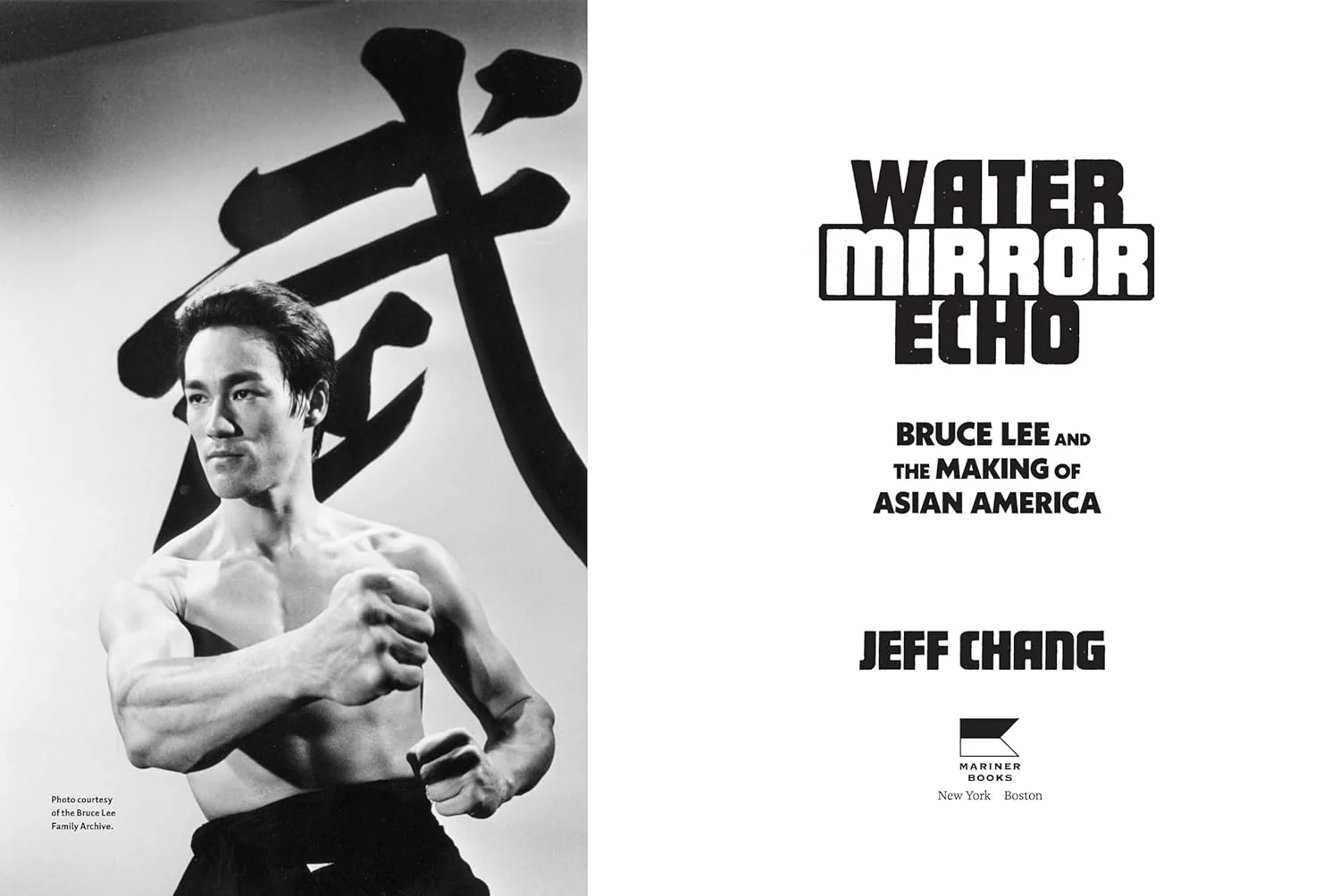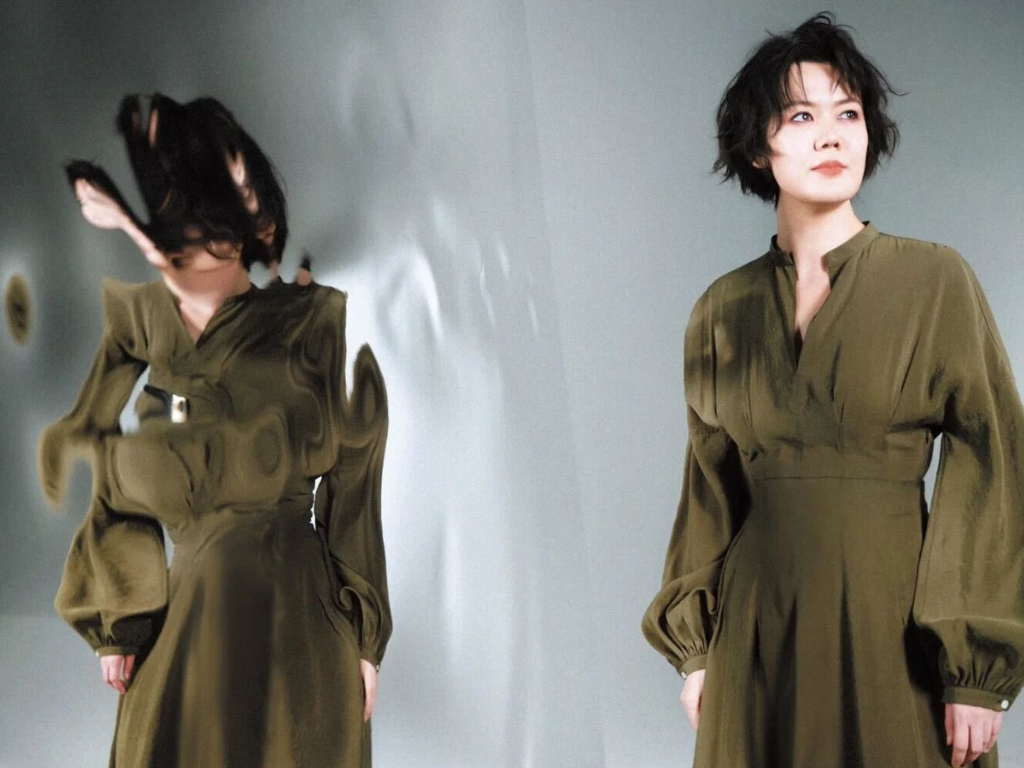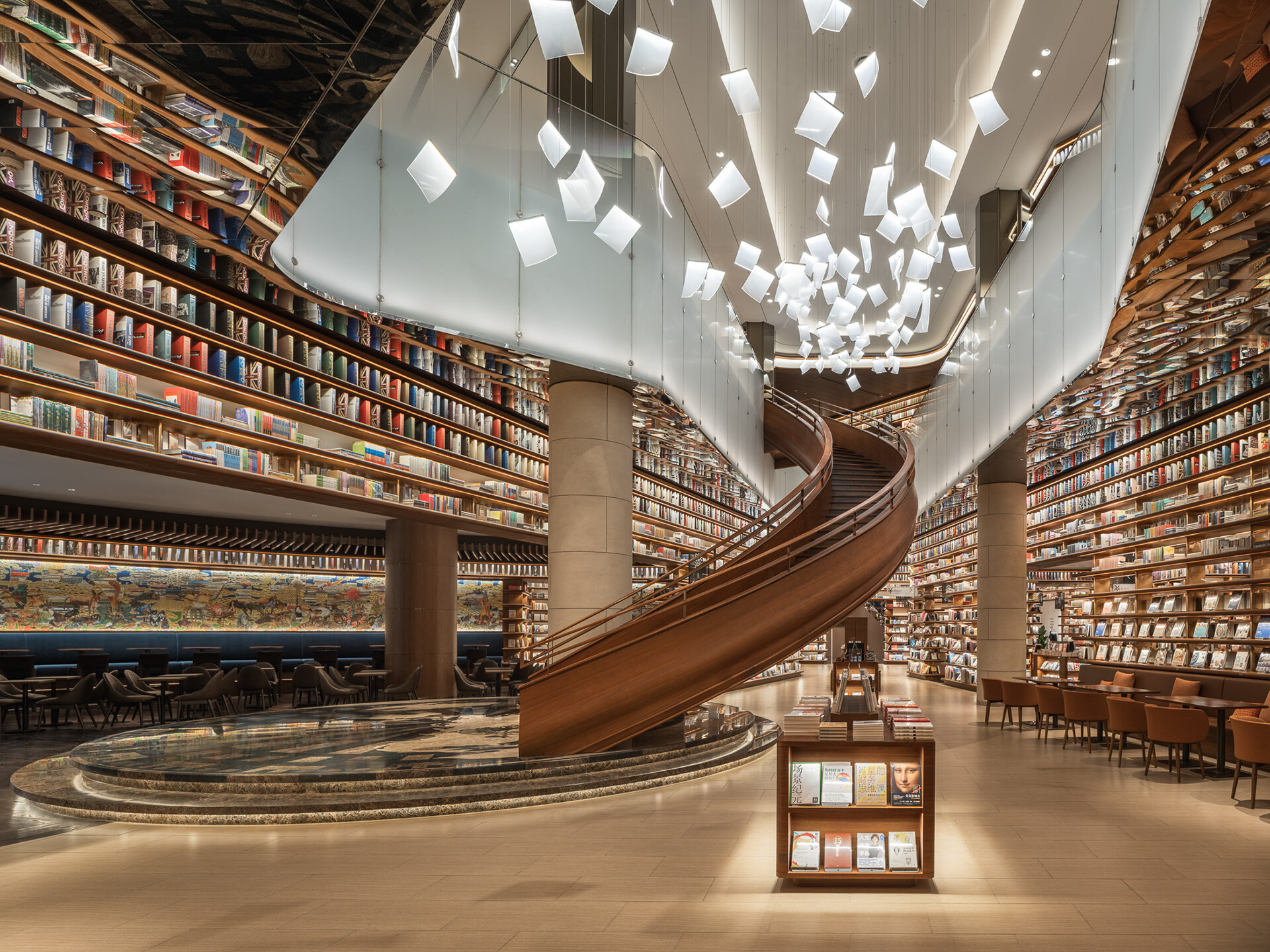Few activities are cozier than reading a book by the fireplace with a cup of hot chocolate within arm’s reach. Avoid snowstorms (some might say Covid-19) by staying home this winter, and slowly thumb your way through these literary masterpieces by Chinese authors that recently made The New Yorker’s list of the best books of 2022 (so far).
1. Barefoot Doctor (赤脚医生) by Can Xue (残雪)
To address the lack of medical facilities in rural China during the Cultural Revolution (1966-1976), ‘barefoot doctors’ — young people equipped with basic medical training — were sent to the countryside to help out where they could. As they weren’t bonafide doctors, these Chinese youth didn’t earn stable salaries and had to work the fields to make ends meet.

Set in the 1970s, the novel follows the life of Mrs. Yi, a barefoot doctor in a small village who dedicated her life to treating peasants’ ailments while struggling to find a suitable successor.
The book also explores the relationship between the living and the dead, healers and patients, and nature and humankind, while touching on supernatural elements. However, spirits don’t detract from the novel’s raw realism, as the author draws from her experience as a barefoot doctor back in the day.

Originally published in Mandarin in 2019, an English translation of the novel finally found its way to the U.S. earlier this year.
While avant-garde writer Can Xue is not considered a mainstream success in China, her works have faired well overseas. Her best works have been translated and published in Japan, France, Italy, Germany, and Canada. In 2019, the prolific author was tipped as a front-runner for the Nobel Prize in Literature.
2. Rouge Street (艳粉街) by Shuang Xuetao (双雪涛)
Comprised of three novellas, Rouge Street is set in the young author’s hometown of Shenyang, an old industrial city in Northeast China.
The book offers a vivid description of life on its namesake street, a run-down stretch of town frequented by drunkards, gamblers, and laid-off factory workers. The work of fiction was inspired by the author’s real-life experiences while living on the streets during his teenage years.

“I was neighbors with thieves, swindlers, drunks, and gamblers. There were a few honest people, but you really needed to look for them,” said Shuang in an interview with the Chinese weekly magazine Sanlian.
Despite Rouge Street’s rough appearance, the author deems it representative of a significant time in China. In the 1950s, Shenyang’s government-owned steel factories guaranteed jobs for many of its locals, but as China moved away from a planned economy, those who had relied on government jobs for a secure livelihood saw their dreams come crumbling down.
While the resurrection of China moved the country away from deep poverty and towards rapid economic growth, it also left many — epitomized by the residents of Rouge Street — flailing in the fast-changing environment.
Born in 1983, Shuang started his writing career as a movie critic. Rouge Street is his first work to be translated into and published in English.
3. The Wedding Party (钟鼓楼) by Liu Xinwu (刘心武)
First published in 1985, famed author Liu Xinwu, a known expert on Cao Xueqin’s mid-18th century masterpiece Dream of the Red Chamber, penned this story, which revolves around a wedding at the Xue family’s home in Beijing.

The Chinese title of the book directly translates to ‘Bell Tower and Drum Tower,’ two Beijing landmark buildings located close to one another and north of the Forbidden City.
The uniquely Beijing tale documents changes in wedding customs, restaurant culture, and living arrangements by describing events that take place within a 12-hour timeframe during the wedding.
Cover image via Douban















